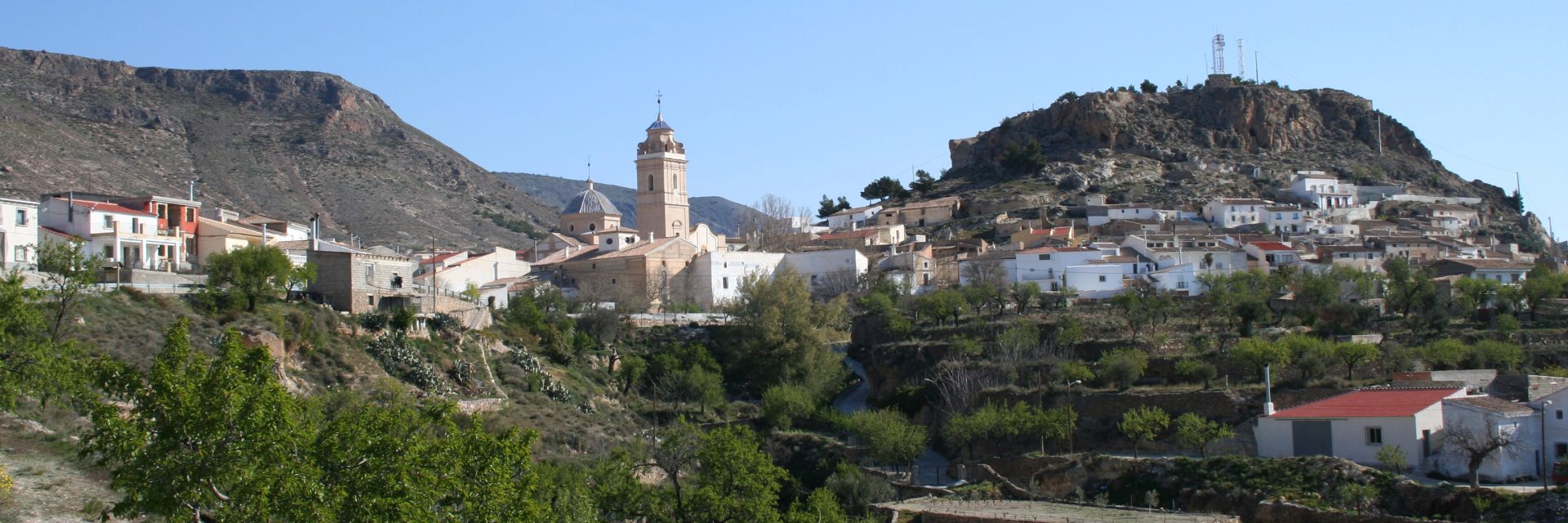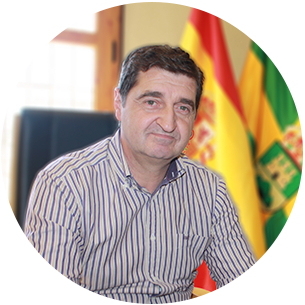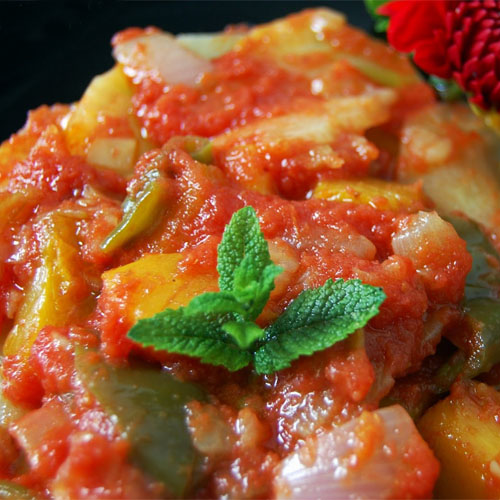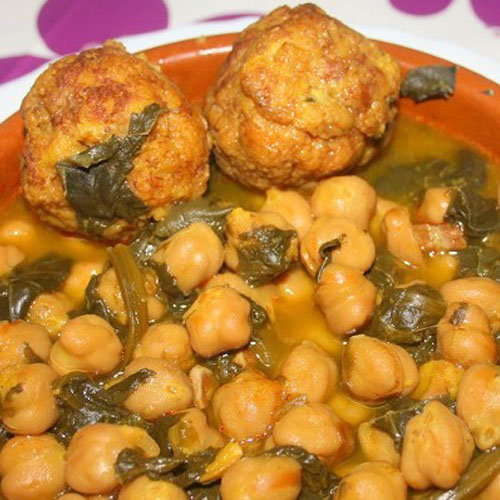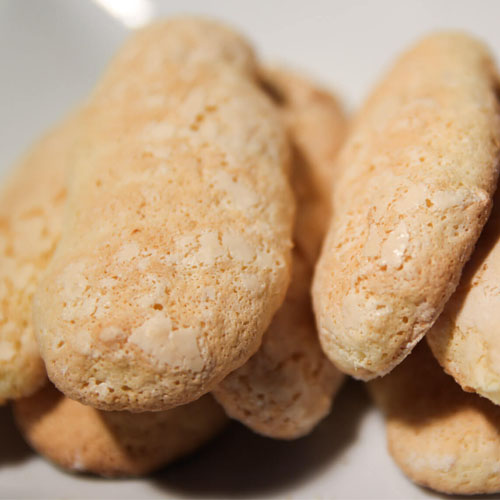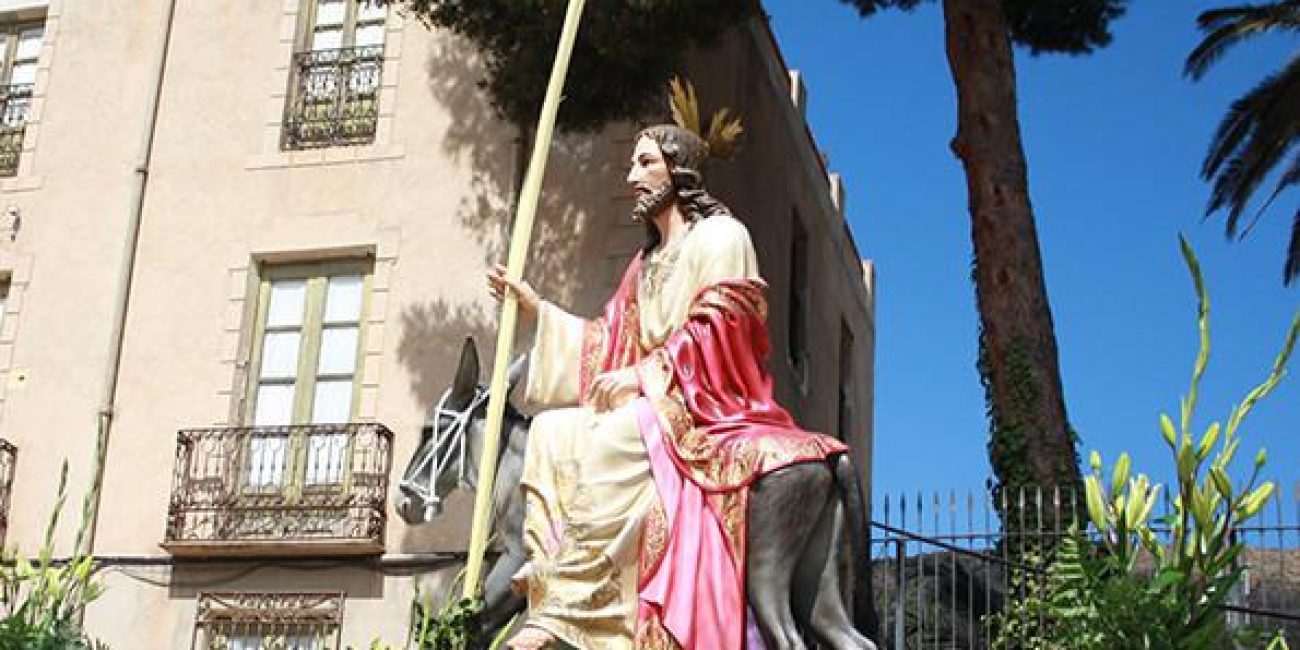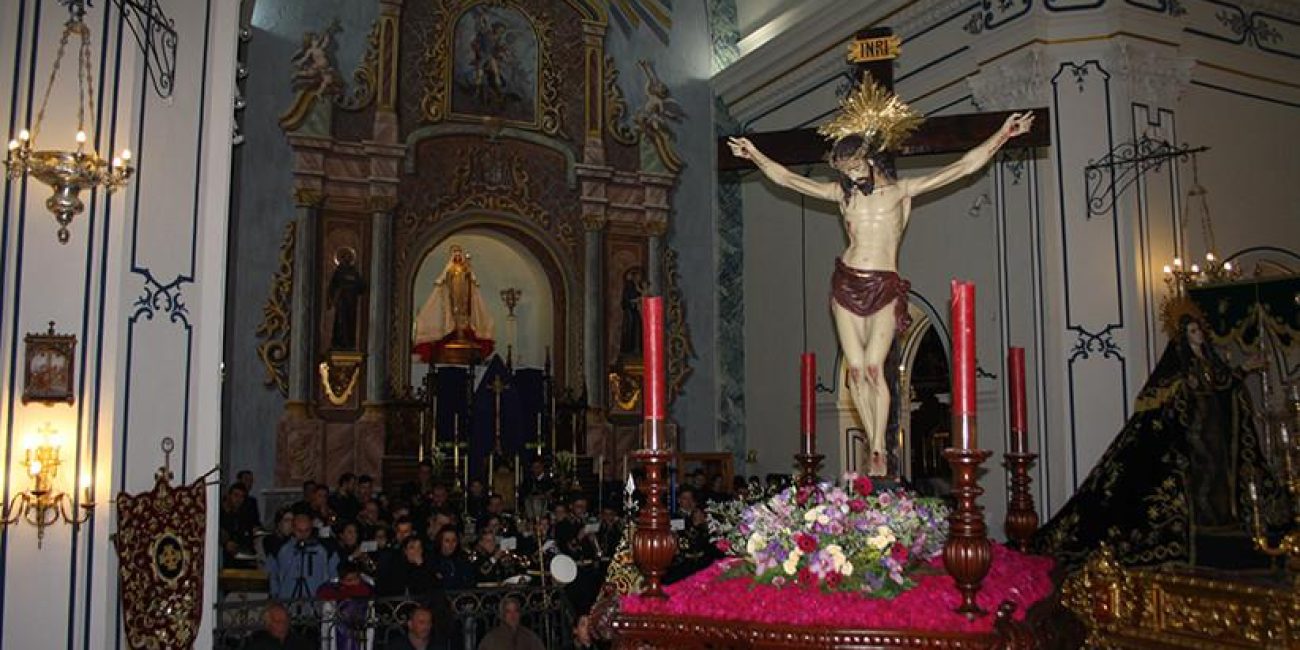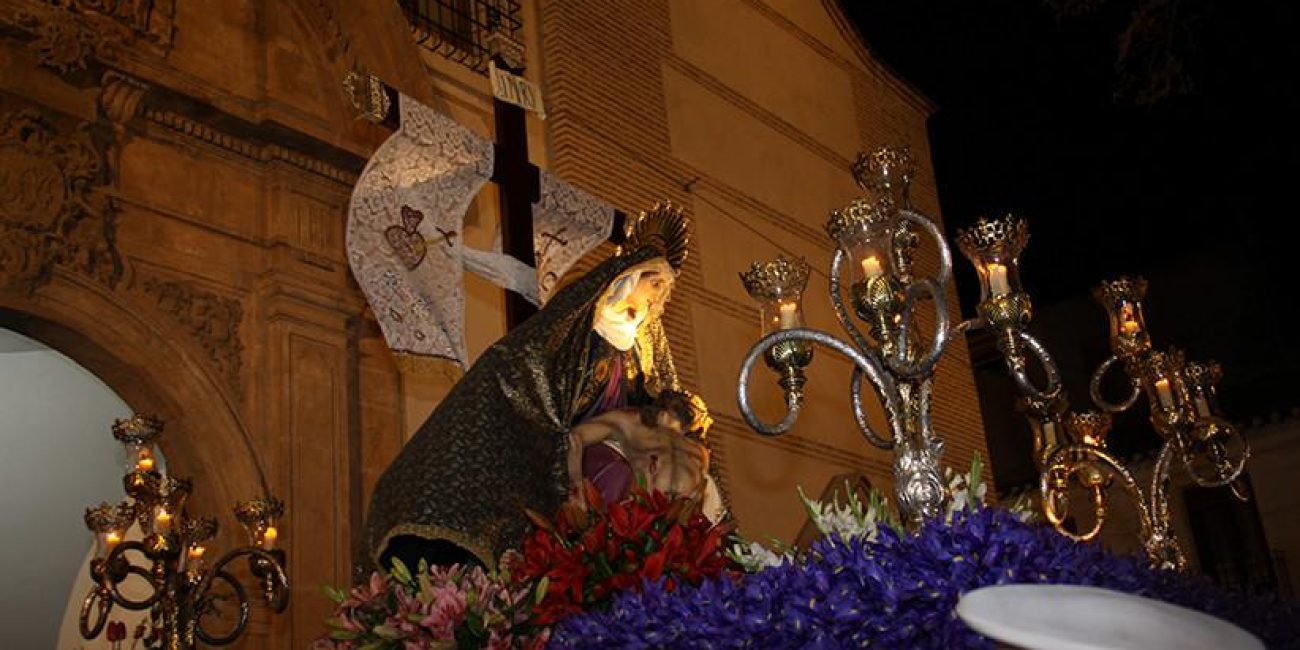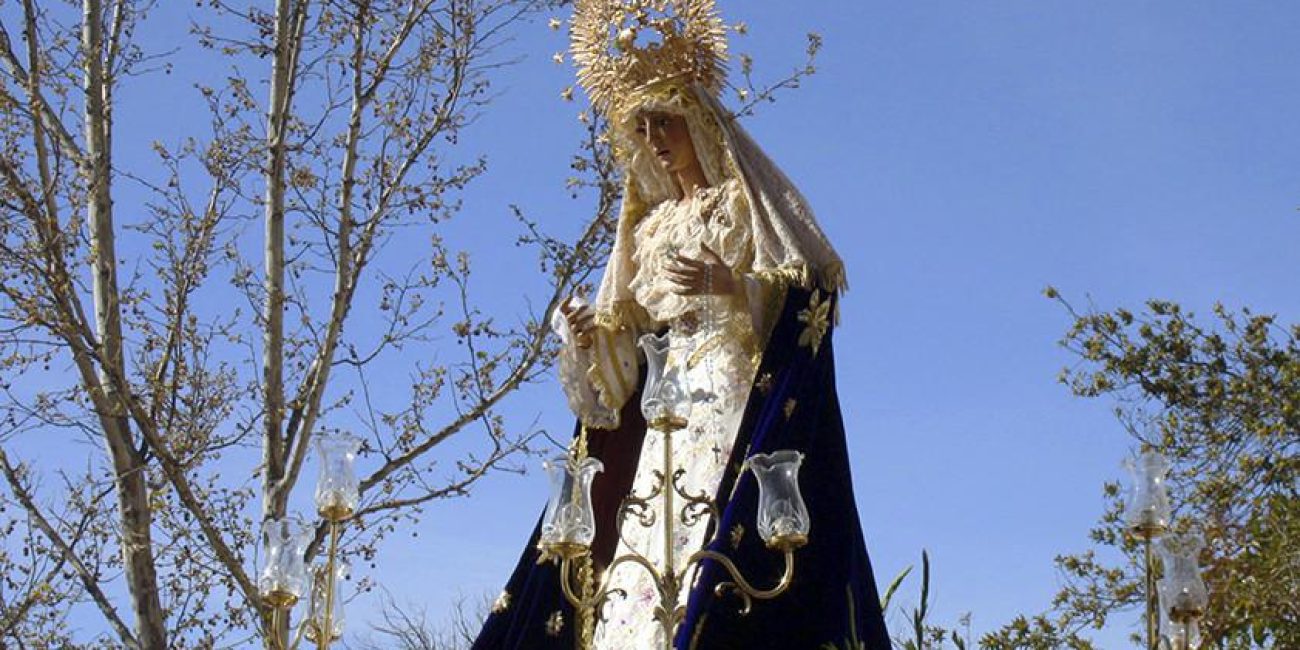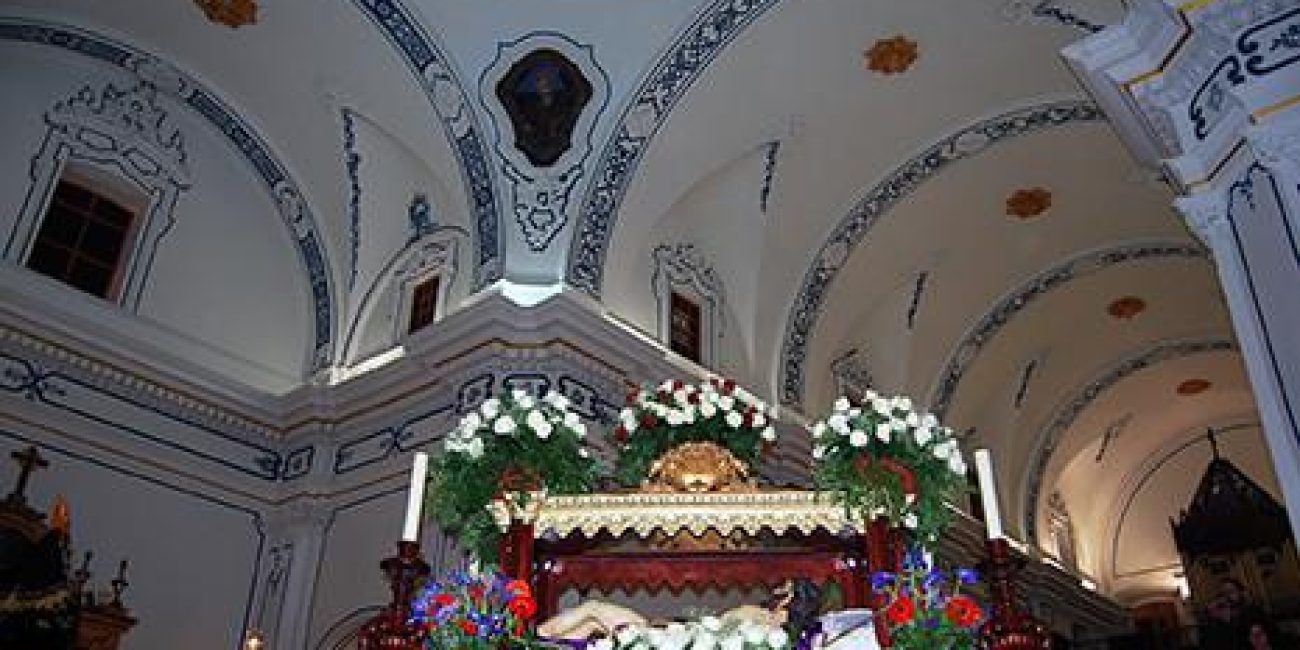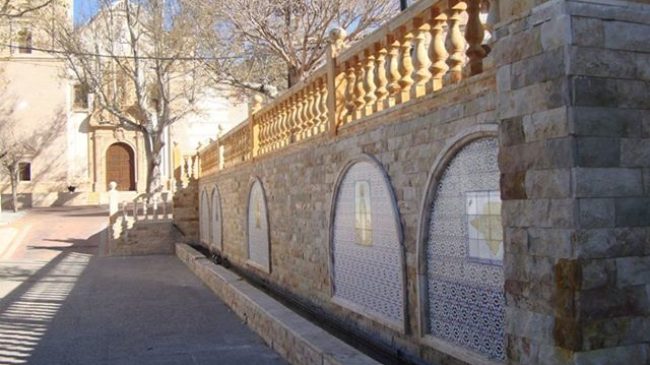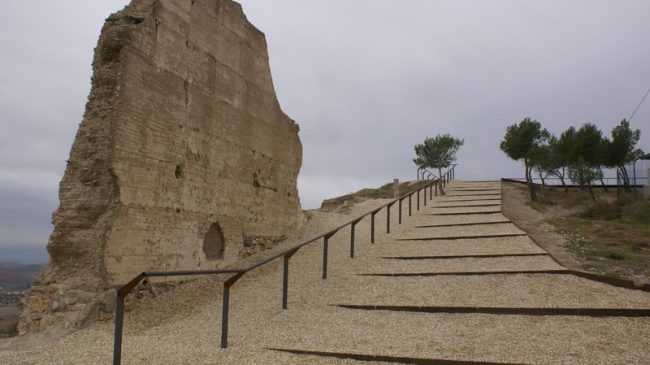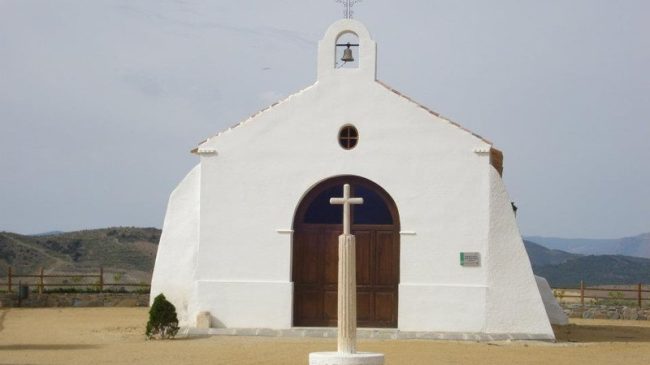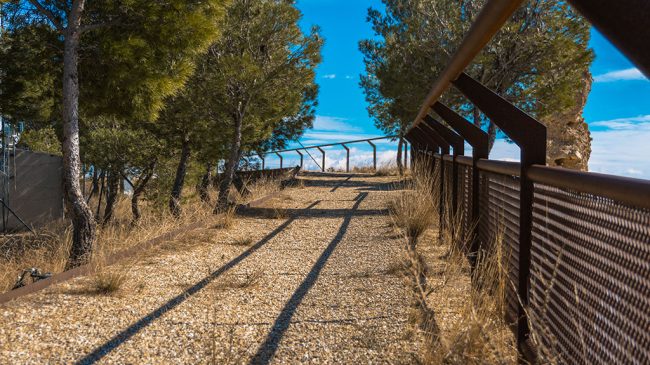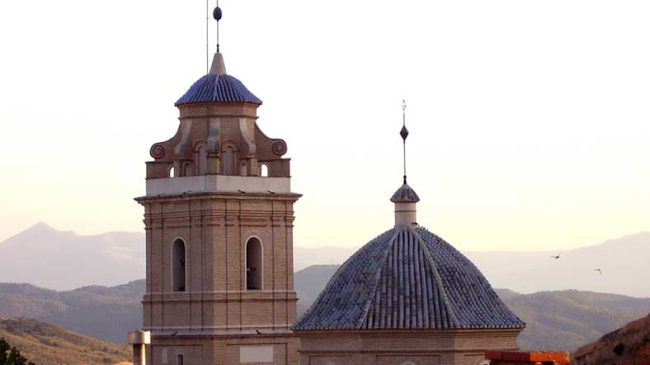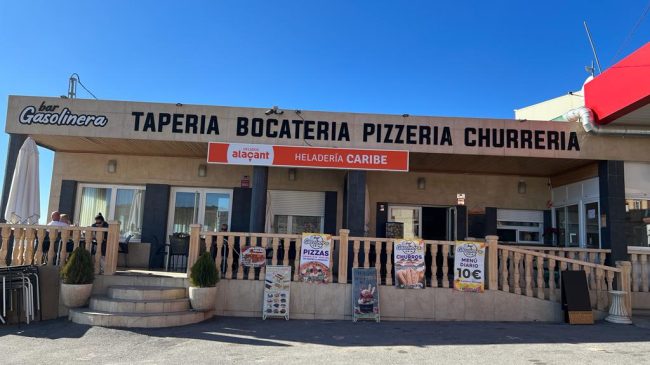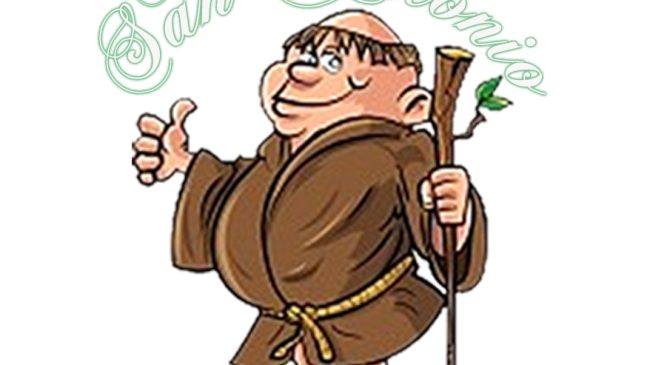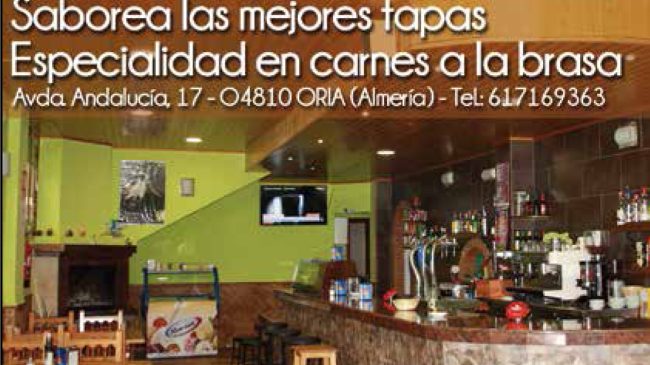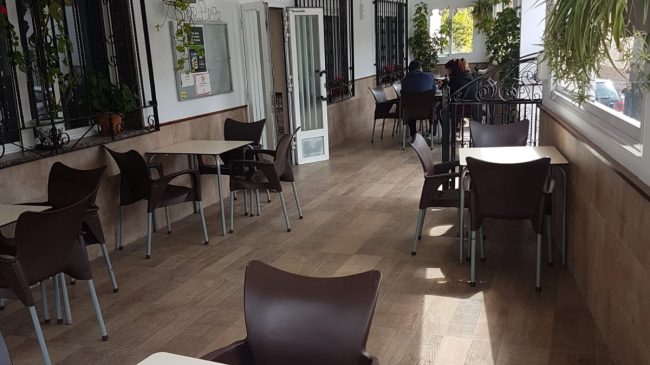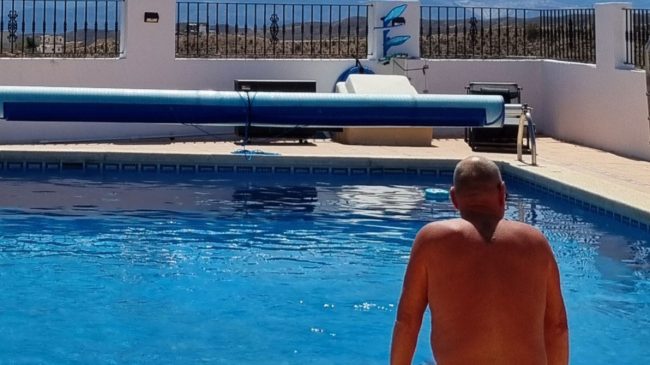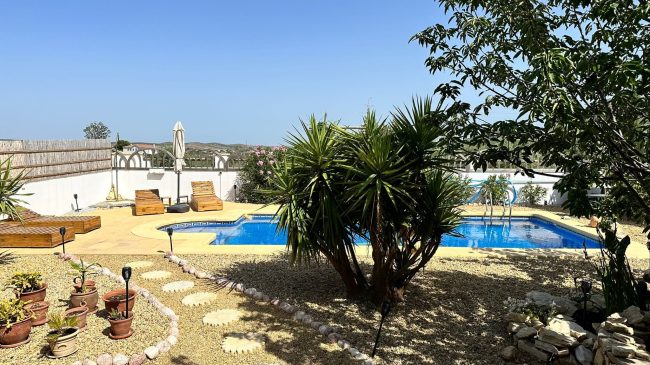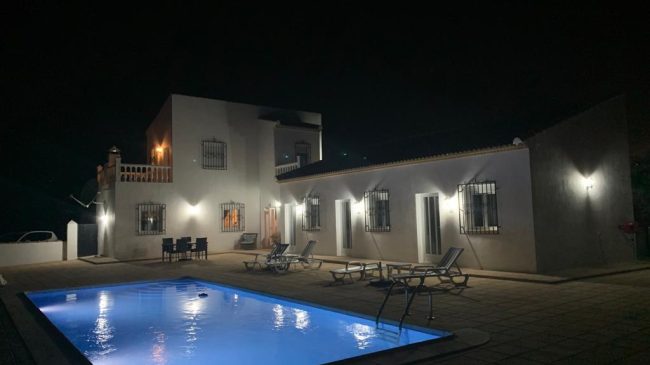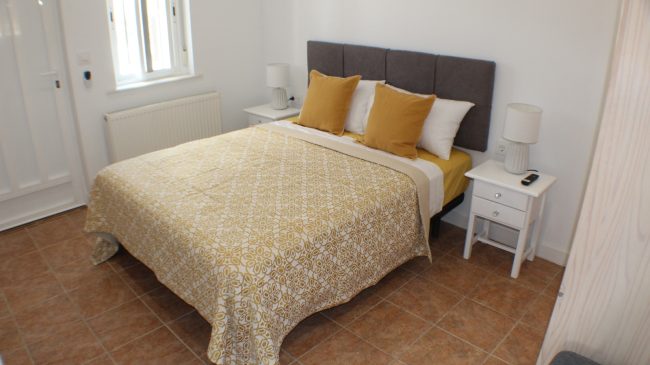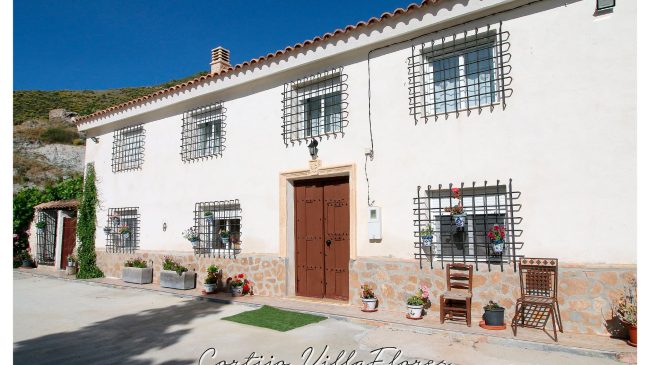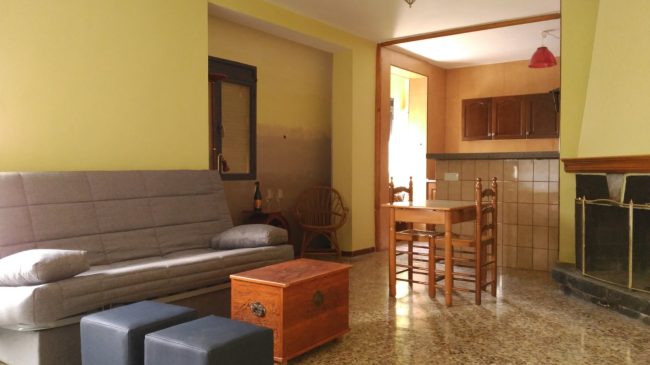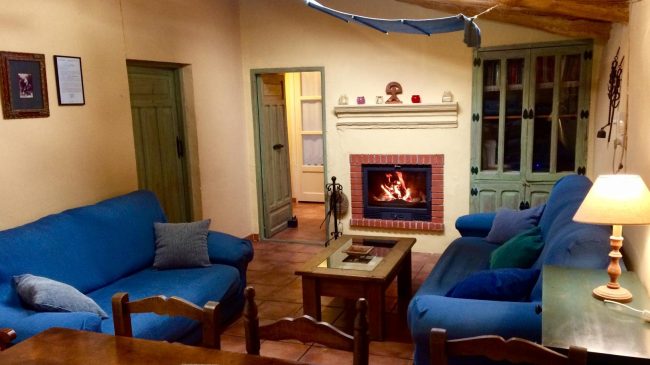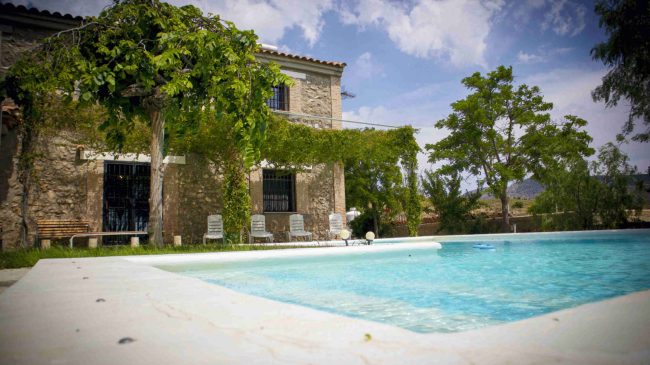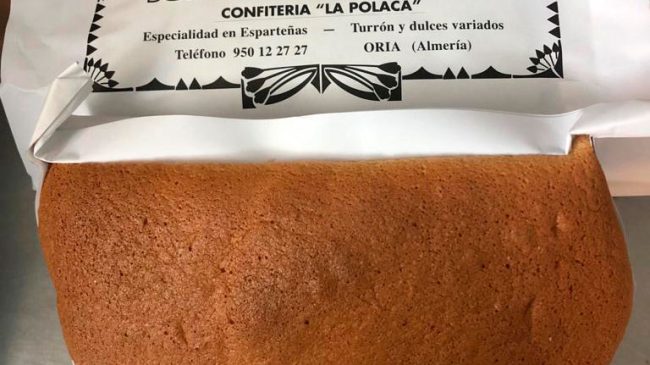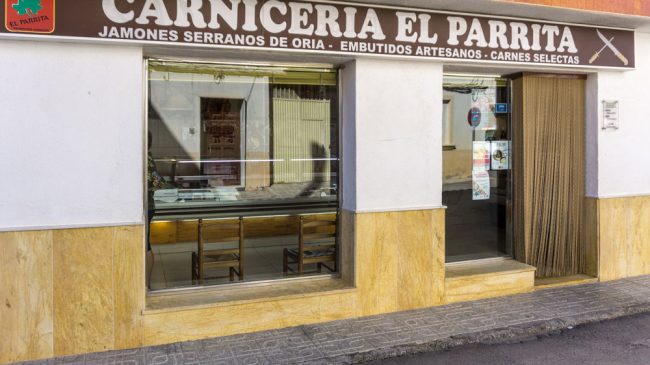INTRODUCTION
ORIA: “Historical, cultural and natural heritage”
Oria is a municipality with a marked rural character and a great attachment to its traditions, which allows it to maintain the essence of small towns. The roots of tradition in the society of Oriala and the way of life of its inhabitants that allows the visitor to be surprised and discover the charm and uniqueness of a unique town in the Almanzora Valley in many aspects.
Its origins date back to 3000 a.c., remaining remains of Argaric settlements such as “El Picacho” and “El Villar”. However, many of its main monuments and architectural elements date from the Marquesado period of Los Vélez: Minor Basilica Ntra. Sra. De las Mercedes (1779), Ermita Vieja (16th century) or Casa de la Tercia (s. XVIII). We also highlight Arab vestiges such as watchtowers and the remains of a 13th century Alcazaba known as “El Castillo”, completed with the oldest building in the area “Hermitage of San Gregorio”, based on the remains of an old mosque and two beautiful churches such as the Virgen de las Mercedes and San Bartolomé, located in the districts of the Rambla de Oria and Los Cerricos, respectively.
To this brief historical and monumental introduction, we have to accompany an extensive cultural heritage, full of folklore and tradition. The two main acts are the patron saint festivities held in May and August, in honor of San Gregorio and the Virgen de las Mercedes; also highlight numerous festivals and programs linked to dance, traditional folklore, music and literature: “Semana Santa“, XXV Festival of Cuadrillas “Villa de Oria”, “X RockORIA”, “IV Candil de historias”, “V International Festival of Folklore Villa de Oria “,” Book Week “or the famous” VIII Corners of Music and Word “. Mention also traditions as old and unique as surprising: “The Roscos de San Blas“, “Las Lumbres de Vespers (Saint Lucia, San Antón and La Candelaria)”, Masses of Gozo, the Rosary of the Dawn, the “Walk of the Child” “, the” Rise of the Cross “, etc.
Finally, we have to talk about the extraordinary variety of options offered to lovers of activity in the natural environment: hiking, biking (TransAlmería), landscape, etc. We highlight the time of flowering of the almond tree, because the extension and the variety in climatic conditions and consequently that of cultivated varieties, allow to lengthen the flowering time by almost 2 weeks. Not in vain, is considered Oria as the town with the largest area of almond cultivated per m2.
Bearing in mind the summary in previous lines, it can be clearly deduced that any time of the year is good to discover in Oria those details that every visitor pursues when choosing interior tourism: authenticity.
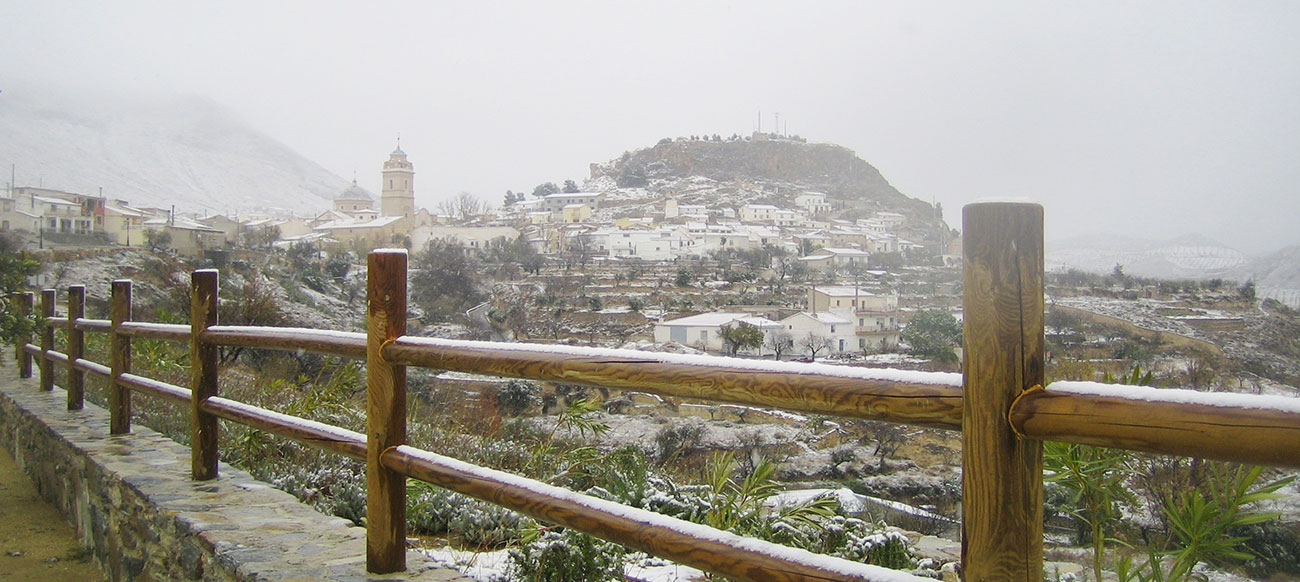
I would like to welcome you to this new tourist platform of our Valle del Almanzora.
Oria, with 234 km2, is one of the largest municipalities in the province of Almeria and that allows you to offer the visitor an enormous diversity of natural environments, landscape variety and thanks to its height (1024 m.) Excellent temperatures during the time Of summer.
This municipality joins the Region of Los Vélez with the Almanzora Valley, being just 10 minutes from the A-92 North and 15 minutes from the Mediterranean Highway, which also places it less than an hour from natural parks such as the from Sierra de María-Los Vélez, beaches such as Mojácar or cultural giants such as the Casa Ibáñez Museum.
To its excellent location, natural surroundings and magnificent climatic conditions for the enjoyment of holidays, we must add an excellent historical and cultural heritage with different assets of cultural interest and monuments of great interest such as the Basilica Minor Ntra. Sra. De las Mercedes, unique Basilica of the province.
For all this I encourage you to visit our town and make our patron saint, our Holy Week, our Christmas, our Festival of Teams or our intense cultural summer.
DISCOVER ORIA
GASTRONOMY
In Oria, as in other rural towns, we are the repositories of a set of cultural expressions such as gastronomy, creating a unique culinary identity within our region. Related to the traditional way of life of our town we were once with a subsistence cuisine based on the conservation of food and the seasonality of the same: “ate what was produced”, with little marketing or introduction of other foreign products . This factor has led to the preservation of a multitude of recipes of yesteryear that, while some may be similar to other dishes in the area, is no less true that there are many variants, ingredients and ways of processing that make them very different dishes .
The visitor can discover the flavor of traditional Orialean cuisine, but also the conservation of a multitude of gastronomic terms, utensils and kitchen utensils, as well as many culinary customs forgotten by the new generations and that will hardly be found in cookbooks or TV programs.
But more we must add to its tourist value: in Oria we have the need to share more than food and, inevitably, we are forced to share gestures, words or even some silences. Our gastronomy is an event through which we create links with those around us, whether sitting in a dining room, at a bar or even under a good shade. In this way we achieve “good profit”, as it is well known that it is not healthy to eat alone and if accompanied, enjoying the benefits of our garden and our fields: “excellent products made following the culinary tradition of our ancestors”.
Going through the typical products of slaughtering and others like the “Perro Colorao”, we highlight at Christmas time an important range of confectionery products such as mantecados and polvorones made in family, as well as puff pastries, sighs or roscos de aguardientes. The Roscos de viento or “Roscos de San Blas” give way to the “hornazo” of Holy Week and its particular gastronomy. Also for Lent: pestiños, torrijas, fritters or fried milk that share a table with the panescas beans, bacalás or the “Olla de San Antón”. Stews like the “Pot of Wheat”, Pot of turnips, “Pelotas”, “Potaje of pumpkin or chard”, will delight the lovers of the spoon without despising the taste of the typical Almerian crumbs; crumbs that have in their accompaniment a collection of typical products of the pig and the garden can not miss the dried tomatoes and fried peppers as well as its unique and wide variety of winter or summer soaking. The Fritá or preserved pepper and tomato is an Orialeño product that goes well with fresh dishes such as “pimpirrana”. Land with great tradition of hunting, are typical “tortasgachas with hare” and “fritá de conejo”, among others. We also highlight the “soft goat cheese”, “honey” and “almonds”. Essential olive oil from our olive groves and other derivatives such as “olives partías”. Great tradition also in jams and “quince meat” as well as homemade liqueurs like fig or “Chimichurri”. Finally, and surely leaving much of our culinary fan in oblivion, we will highlight the important culture that exists around the commonly referred to as the “Country Wine”.
FESTIVITIES AND TRADITIONS
Holy Week
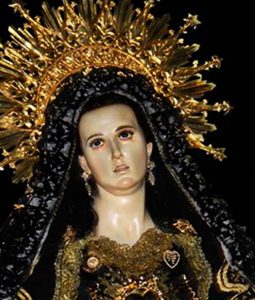 The greatest days are: Palm Sunday, Thursday, Friday and Holy Saturday and Resurrection Sunday.
The greatest days are: Palm Sunday, Thursday, Friday and Holy Saturday and Resurrection Sunday.
In Oria there are four brotherhoods: Our Lady of Sorrows, Our Father Jesus the Nazarene, the Blessed Sacrament and the Virgin of Carmen.
The origins are old and imprecise, but Easter Oria has become one of the references in the region and an appointment to take into account in the province of Almeria. With three brotherhoods directly involved in the holy week of this town, two penitentials and one sacramental, an important parish and a great musical tradition, we attended an event of enormous social significance that possesses and preserves an enormous patrimonial artistic and monumental heritage.
As of Ash Wednesday, preparations and acts are intensified in the brotherhoods and local parish. Some of the most characteristic events of Holy Week in Oriala start, in which Lent is given an extreme importance.
Visit our website: http://www.semanasantadeoria.es
Brotherhood of Our Father Jesus Nazareno.
It is characterized by having only images of Jesus, hence it is known as the “Brotherhood of the Lord.”
As far as its origins are concerned, they are as old as they are imprecise, dating back to the first known statutes of 1896 and being reorganized on April 1, 1942.
Among his images we highlight the Holy Christ Tied to the Column, known as “the Tied” and the image of the Risen One, made both in the Workshops of Olot. The Holy Christ of the Good Death is another of his most precious images and, known by his faithful as “the Crucified” of Vicente Tena. The holder of the Brotherhood, Nuestro Padre Jesús Nazareno is the work of the same Valencian sculptor sculptor. Finally and pending to determine its authorship, we have a size of the Sacred Heart that in 2014 was transferred from the Old Hermitage to the Basilica.
The Brotherhood of the Lord, in addition to its seasons of penance during Holy Wednesday, Holy Thursday, Good Friday and Sunday of Resurrection, participate directly in the Novenary and the Holy Offices during the Lavatory and the Desclavamiento.
At present, this Brotherhood has approximately 390 brothers, 140 bearers, 4 steps, 5 images and its current canonical headquarters in the Basilica of Ntra. Sra. De las Mercedes.
Parish Basilica Our Mrs. of Mercedes
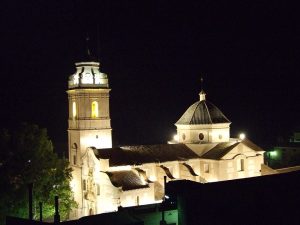 In the middle of the XVIII century, the Parish of Oria was one of the most important of the province and the importance of this municipality, considerable.
In the middle of the XVIII century, the Parish of Oria was one of the most important of the province and the importance of this municipality, considerable.
These two historical situations lead to the construction of this majestic temple by personalizing, both responsibilities, Don Antonio Álvarez de Toledo as Lord and, Don Claudio Sanz and Torres and Ruiz Castañedo, administrator of the flow and one of the most outstanding bishops of the Almeria diocese . Its authorship is attributed to the architect and monk Jerónimo fray Pedro de San Agustín, beginning his works on March 16, 1767 and ending on May 13, 1779.
San Antón (January 19)
Las Lumbres de San Antón, on January 17. San Antón is the patron and guardian of the animals and the acts in his honor consist of lighting bonfires on the eve (the night of the 16th) and firing rockets.
San Blas (February 3)
The acts in his honor consist of a mass, a procession and the blessing of the roscos that bear his same name and which are typical in Oria.
Carnivals (February)
A party that is also celebrated in the month of February is that of the Carnival. On the occasion of this party, comparsas and costume contests are organized in the Assembly Hall.
San Gregorio (May 9)
The Fiestas de San Gregorio, the patron saint of the town are very representative. On this day a mass is said and the Saint is taken out in procession accompanied by a band.
San Marcos (April 25)
San Marcos, has been reduced in recent years to the habit of spending the day in the field, with snacks, tradition that is followed in Ogarite, Rambla de Oria and Fuente el Negro.
Day of the Cross (May 3)
The day of the Cross is celebrated in Los Alamos.
The acts that are organized with such motive are the celebration of the mass and a small popular celebration
The Fiestas in Barranco de Quiles, are held the first weekend of August. It is a neighbourhood reunion where children and adults actively participate, a meeting point between neighbours and born in this place, who emigrated to other parts of Spain and return for this landmark date.
The recovery of these parties took place in August 2000, with a spontaneous celebration of the neighbours on the occasion of the purchase of the image of the Virgen de los Desamparados for the New Pond, and that was the promise of a neighbour of the place.
From that year, and due to the success and enthusiasm of the neighbours, it was decided to celebrate this celebration every year, and the first weekend of August was chosen so as not to coincide with the rest of the town’s fiestas. Activities:
- Mass in Honour of the Virgin of Fatima, the Virgin of Carmen, and the Virgin of the Desamparados.
- Procession of the Virgen de los Desamparados until the New Balsa.
- Raven and snacks for the attendees.
- Childish games.
- Verbena.
ORGANIZE YOUR TRIP
WHAT TO SEE
What to do in Oria
If you are thinking of taking a different trip to discover beautiful places and charming towns that are not usually well known, a trip to Oria is an excellent option. Our town has many options to make and we recommend the ones that are sure to be of your interest.
WHERE TO EAT
WHERE TO SLEEP
SHOPPING
DATA
Town Hall of Oria
Address: Plaza San Antonio, 1, 04810 Oria, Almería, Almería
Contacto: 950 12 27 36
Web: http://www.oria.es/

